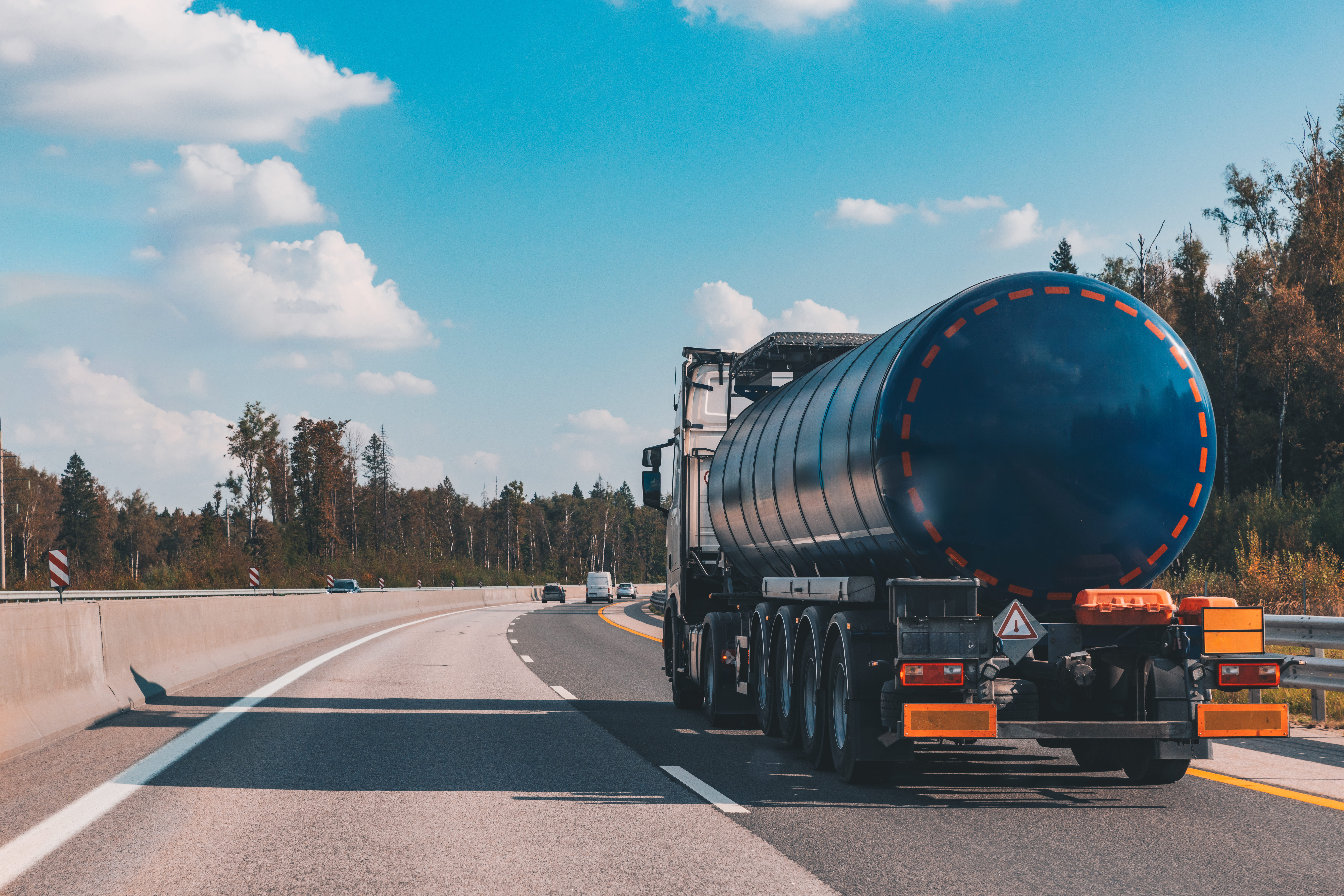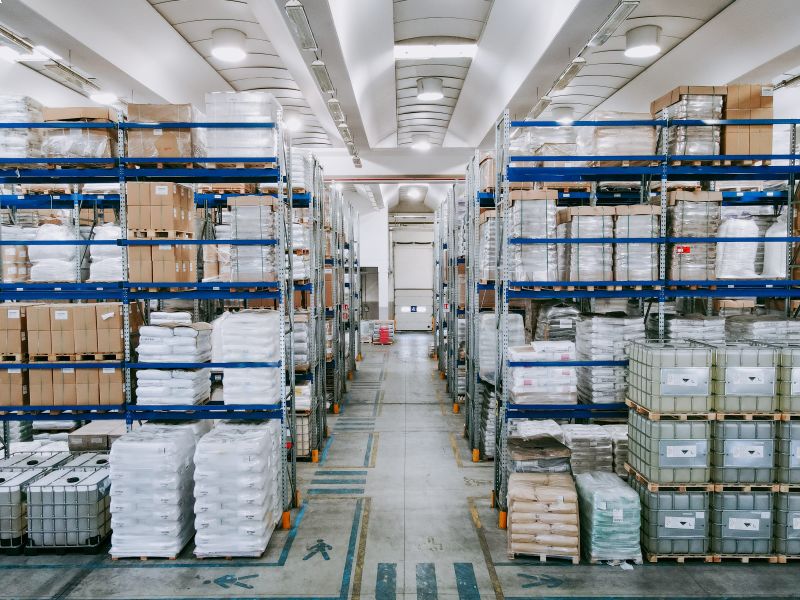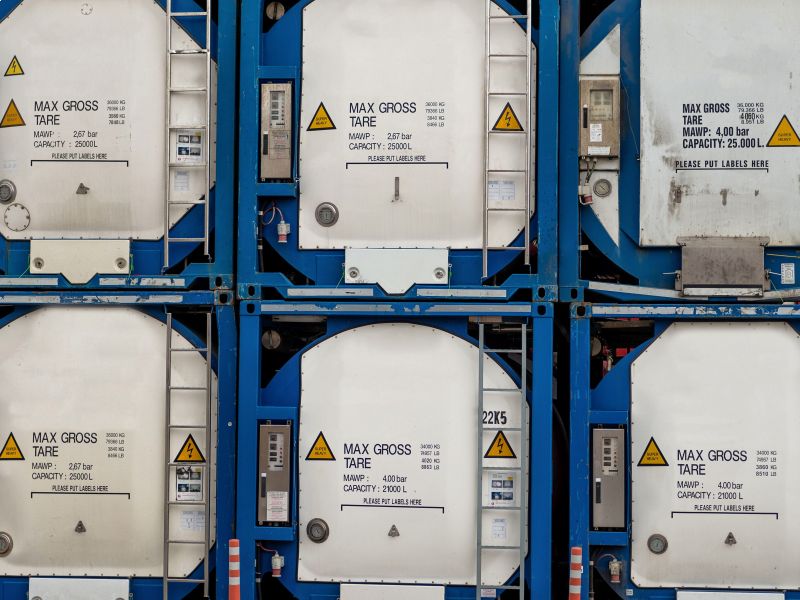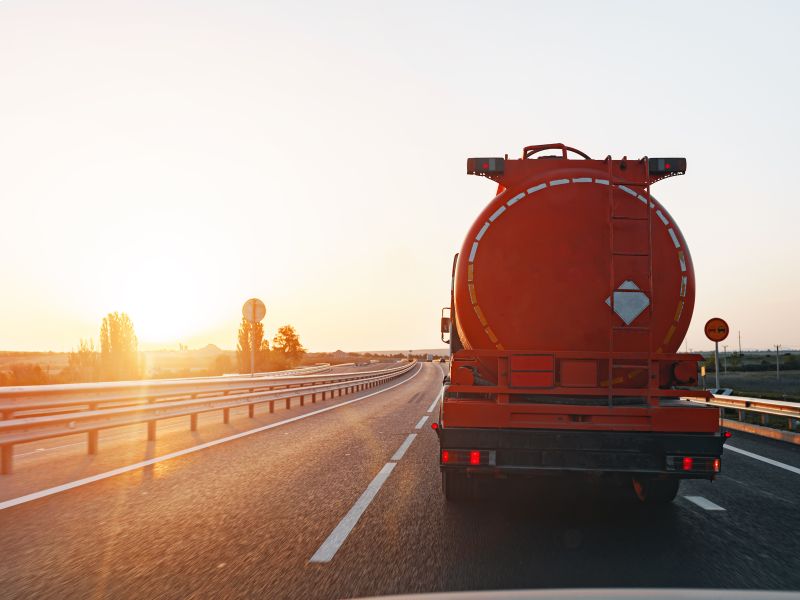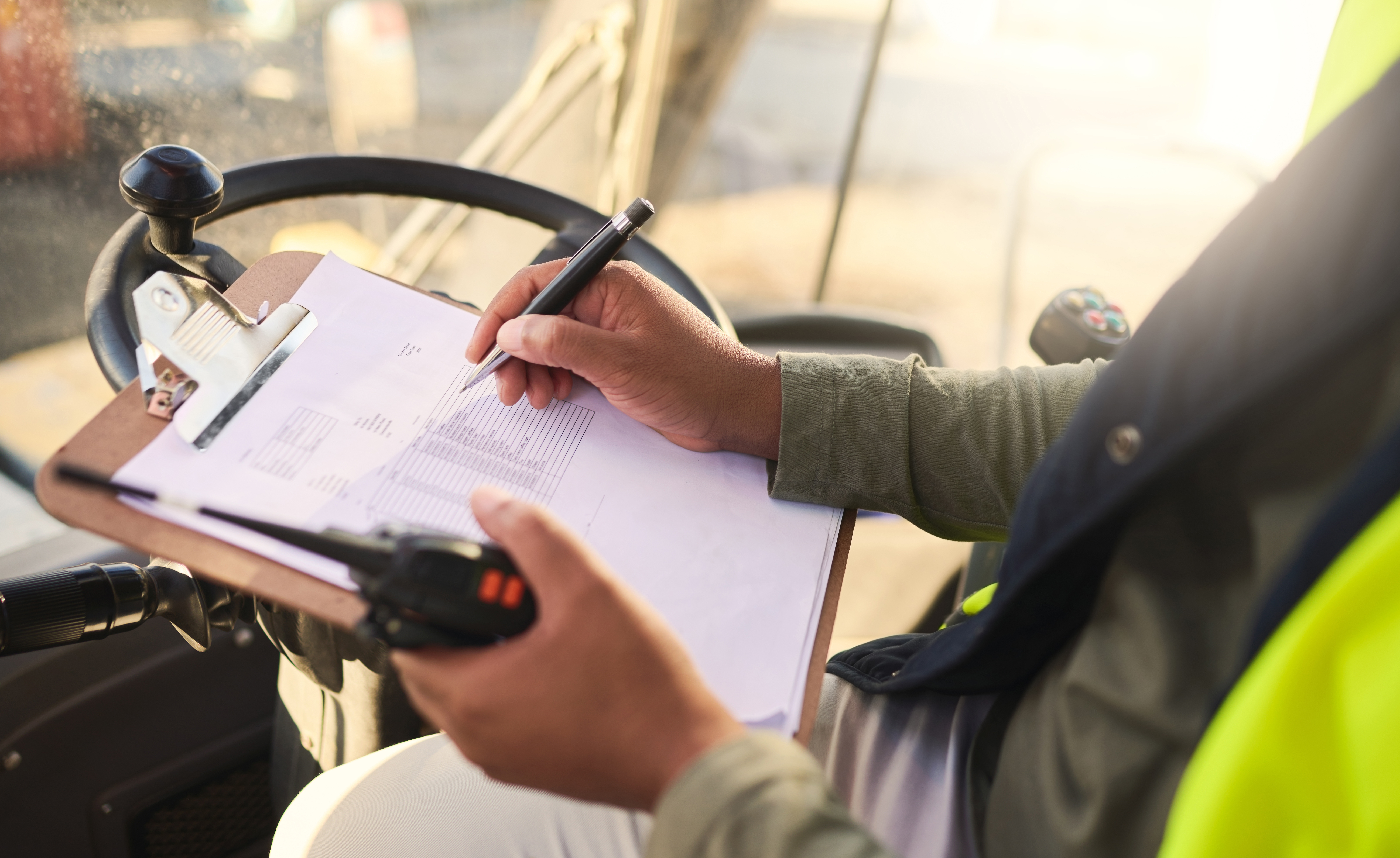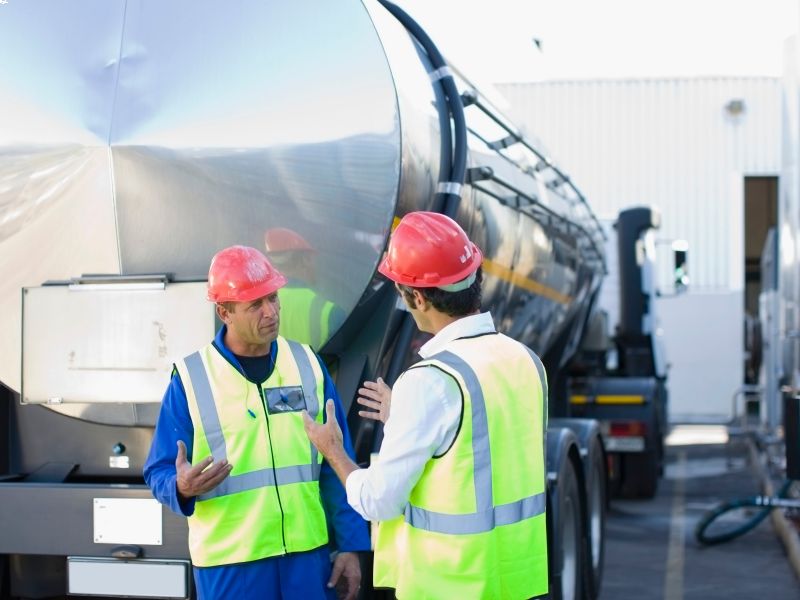ADR Class 2 dangerous goods: classification and transport.
Safety is paramount in the transport of ADR Class 2 dangerous goods. The European Agreement concerning the International Carriage of Dangerous Goods by Road (ADR) lays down precise rules for the proper handling of these substances during road transport. ADR Class 2 includes compressed, liquefied or dissolved gases with flammable, toxic or corrosive properties.
ADR regulations impose obligations for the transport of Class 2 goods, including labelling, proper packaging and the adoption of precise operating procedures. In addition, personnel involved in handling and transporting these goods must receive appropriate training to ensure a high level of safety.
Let's take a closer look in this article at the specific characteristics of goods in this class, the risks they may entail and the containers used to transport them.
ADR Class 2 substances
ADR Class 2 is a category that includes a wide range of gases, gas mixtures and articles containing such substances. To be classified as a gas, a substance must meet specific criteria:
- have a vapour pressure greater than 300 kPa (3 bar) at 50°C
- be completely gaseous at 20°C at the standard pressure of 101.3 kPa.
Substances and articles belonging to Class 2 are divided into several categories:
- compressed gas: gas which, when packed under pressure for carriage, is completely gaseous at -50°C;
- liquefied gas: gas which, when packed under pressure, is partially liquid at temperatures above -50°C. Within liquefied gas, two types can be distinguished
- - high-pressure liquefied gas: with a critical temperature above -50°C and equal to or below +65°C;
- low-pressure liquefied gas: with a critical temperature above +65°C.
- - high-pressure liquefied gas: with a critical temperature above -50°C and equal to or below +65°C;
- refrigerated liquefied gas: includes gases which, when packaged for carriage, are partially liquid due to their low temperature;
- dissolved gas: includes gases which, when packaged under pressure, are dissolved in a solvent in the liquid phase; and
- aerosol generators and small receptacles containing gas (gas cartridges): includes aerosol generators and small receptacles containing compressed or liquefied gas, used for various applications
- other articles containing gas under pressure: includes miscellaneous articles, such as cylinders or containers, containing gas under pressure
- uncompressed gases subject to special provisions (gas samples): covers uncompressed gases, such as gas samples used for analysis or experiments, which are subject to special provisions.
Hazardous Characteristics
ADR Class 2 has several groupings based on the hazardous characteristics of the gases and objects contained in this class. Each grouping identifies the specific characteristics of the substances and helps determine the risks involved, as well as the safety measures required during the transport and handling of dangerous goods.
The ADR Class 2 groupings include:
- A: Asphyxiants, gases that can dilute or replace oxygen in the atmosphere, leading to an oxygen-free environment and causing asphyxiation hazards;
- O: Oxidizers, gases that can promote combustion of other substances, providing oxygen supply, increasing the risk of fire or explosion;
- F: Flammable, gases that can be flammable in a mixture with air at certain concentrations, posing the risk of fire or explosion;
- T: Toxic, toxic gases dangerous to human health due to their poisonous properties;
- TF: Toxic, Flammable, combining toxic and flammable properties;
- TC: Toxic, Corrosive, combines toxic and corrosive properties;
- TO: Toxic, Oxidising, combines toxic and oxidising properties;
- TFC: Toxic, Flammable, Corrosive, combines toxic, flammable and corrosive properties;
- TOC: Toxic, Oxidising, Corrosive, combines toxic, oxidising and corrosive properties.
The accurate classification of dangerous goods into ADR Class 2 groupings is essential to ensure safe handling during transport and handling, reducing the risks of accidents, injuries and damage to the environment and human health.
Containers for the carriage of Class 2 goods
The containers for the carriage of ADR Class 2 goods can be divided into several categories
- cylinders, pressure containers with a capacity not exceeding 150 litres
- hoses, cylinders with a capacity of more than 150 litres and less than 5000 litres, seamless;
- pressure drums, pressure containers with a capacity of more than 150 litres and less than 1000 litres, seamless;
- cryogenic containers, transportable receptacles of a capacity not exceeding 1000 litres, thermally insulated and suitable for the carriage of heavily refrigerated liquefied gases
- cylinder racks, rigidly connected cylinder configurations for safe and organised transport.
Choosing the right container for the transport of Class 2 goods depends on several factors including the specific properties of the gas or hazardous substance, the quantities involved, the regulations in force, the type of transport and safety requirements. It is essential to check that the container is compatible with the type of gas to be transported, as some can react with certain materials.
For several years now, we at Corsini have been handling the transport of ADR Class 2 dangerous goods, in particular compressed, liquefied and dissolved gases under pressure, ensuring safe and efficient conditions.
Contact us for our ADR transport service and to receive any information.
News.
STAY UP TO DATE ON HAZARDOUS GOODS AND THE CHEMICAL SECTOR
The world of hazardous goods transportation is constantly evolving, as are the regulations affecting the shipment and logistics of hazardous substances and chemicals. Stay up-to-date with our industry articles.

 Registered office: Viale Etiopia, 5 - 20146 Milano (MI)
Registered office: Viale Etiopia, 5 - 20146 Milano (MI)






